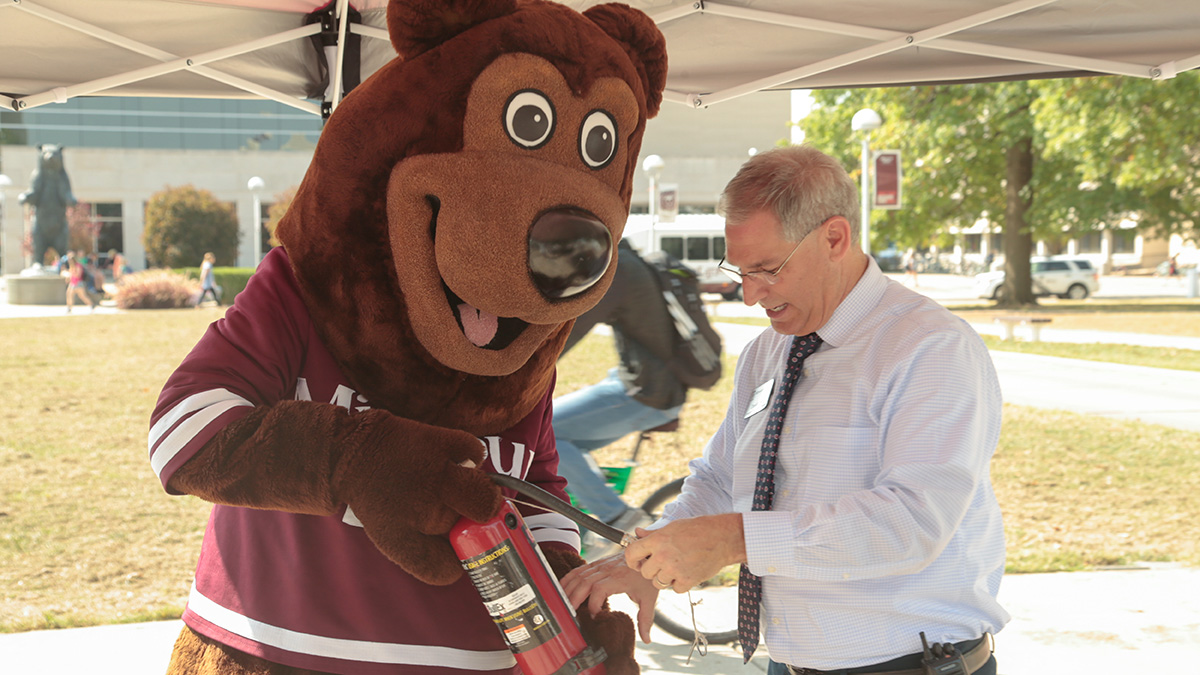When an active shooter situation occurs, quick action is key. What needs to happen first? Who is responsible for each task? And how do we recover?
These are just a few of the questions addressed by the new National Fire Protection Association’s NFPA 3000™ (PS), Standard for an Active Shooter / Hostile Event Response (ASHER) Program.
David Hall, Missouri State University’s emergency manager, shared his expertise on the technical committee developed the program. It is the world’s first standard to help communities develop a unified active shooter/hostile event planning, response and recovery program.
The NFPA released the new standard May 1 to help policy makers, first responders and others organize, manage, communicate and sustain a holistic active shooter/hostile event preparedness program.
The technical committee consisted of representatives from:
- Law enforcement
- Fire service
- Emergency medical services
- Hospitals
- Emergency management
- Private security
- Private business
- The Department of Homeland Security (DHS)
- The Federal Bureau of Investigation (FBI)
- The Department of Justice
Committee members provided job-specific insight and real world perspectives from mass killings at Mandalay Bay Resort, Pulse Night Club, Sandy Hook Elementary, the Sikh Temple, the Boston Marathon and other less publicized events.
“The NFPA 3000 process, from start to finish, has been an exceptional example of emergency responders and other safety-focused practitioners swiftly coming together to provide invaluable perspective and address a significant threat in our world,” NFPA President and CEO Jim Pauley said. “The proactive, integrated strategies recommended and defined in NFPA 3000 will go a long way in helping communities plan, respond and recover from active shooter and hostile events.”

